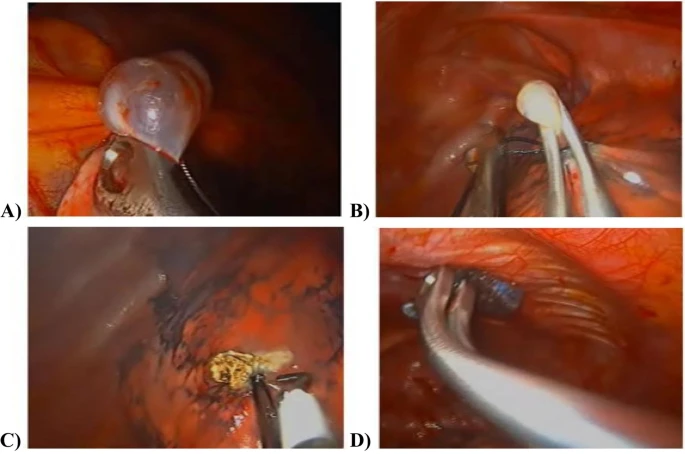Introduction
Imagine trying to breathe with a balloon obstructing your airway. This is akin to what individuals with large lung bullae experience. Bullae are air-filled sacs that can develop in the lungs, often as a result of conditions like chronic obstructive pulmonary disease (COPD). When these sacs become excessively large, they can impede normal lung function, leading to breathlessness and reduced oxygen levels in the bloodstream.
 |
| Image credit |
What Is a Bullectomy?
A bullectomy is a surgical procedure aimed at removing these enlarged air sacs from the lungs. By excising the bullae, the surgery allows the remaining healthy lung tissue to expand more effectively, improving overall lung function and easing breathing difficulties. This procedure is typically considered for individuals who have:
Large bullae occupying a significant portion of the lung.
Symptoms such as shortness of breath that interfere with daily activities.
No significant improvement with other treatments.
Who Are the Ideal Candidates?
Not everyone with bullae is a suitable candidate for a bullectomy. The procedure tends to be most effective for individuals who:
Have bullae larger than one-third of a lung.
Experience significant respiratory compromise due to the bullae.
Do not have widespread bullae throughout the lungs.
It's crucial to have a thorough evaluation by a healthcare professional to determine the appropriateness of the surgery.
 |
| Image credit |
The Procedure: What to Expect
Advancements in medical technology have made bullectomy less invasive than in the past. The surgery is often performed using video-assisted thoracoscopic surgery (VATS), a minimally invasive technique that involves small incisions and the use of a thoracoscope to guide the surgeon. This approach typically results in shorter hospital stays and quicker recovery times compared to traditional open surgery.
 |
| VATS bulla ligation technique:-. A Grasping bulla by lung grasping forceps. B Advancing a silk suture (size 1) below the clamp and ligate the silk suture by knot Pusher. Another silk suture can be ligated below the first for confirmation. C Cauterize the bulla by hook diathermy. D Apical pleural abrasion for pleurodesis via diathermy scratch pad over a long clampImage credit |
Risks and Considerations
As with any surgical procedure, bullectomy carries potential risks, including infection, bleeding, and complications related to anesthesia. There's also a possibility that removing the bullae may not lead to significant improvement in symptoms, especially if there is underlying diffuse lung disease. Therefore, it's essential to have a detailed discussion with a thoracic surgeon to weigh the benefits and risks.
 |
| Flattened bullaImage credit |
Recovery and Outlook
Recovery from a bullectomy varies among individuals but generally involves a hospital stay of several days, during which lung function is monitored closely. Most patients can return to their normal activities within a few weeks, with noticeable improvements in breathing and quality of life. However, it's important to note that while bullectomy can alleviate symptoms, it doesn't cure the underlying lung condition, and ongoing medical management may be necessary.
 |
| Surgical field showing multiple bullae Image credit |
Conclusion
Bullectomy offers a promising option for individuals suffering from large lung bullae, providing relief from debilitating respiratory symptoms and enhancing lung function. If you or a loved one is experiencing significant breathing difficulties due to lung bullae, consulting with a healthcare provider can help determine whether this surgical intervention is a suitable course of action.
.jpeg)

No comments:
Post a Comment